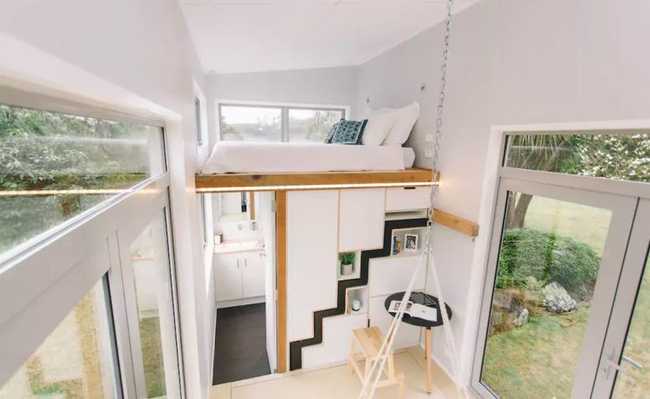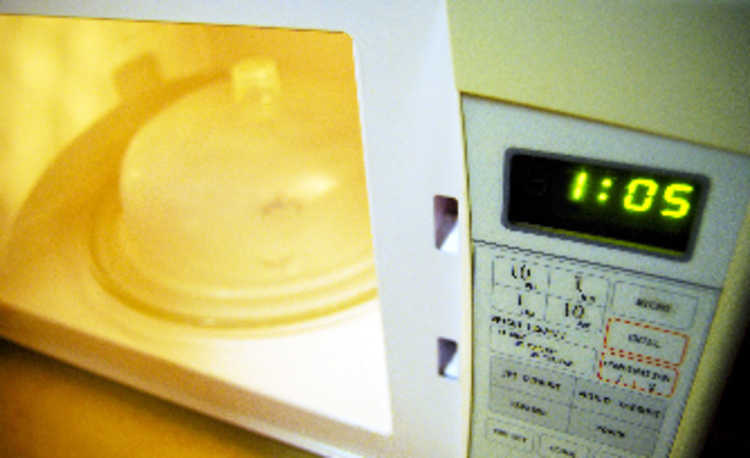Discover the components of the solar energy kit: support structures
Understand the varieties of solar energy system support structures

Have you ever thought of a more sustainable way to get energy? One of the alternative and renewable sources that is growing and gaining more and more space among Brazilians is solar energy. Brazil is an excellent market for the energy sector, as the average solar radiation that falls on the country's surface is up to 2300 kilowatt-hours per square meter (kWh/m²), according to Cepel's Solarimetric Atlas.
Despite some incentives for the use of this type of renewable energy (important as it allows for a reduction in concerns regarding the reservoirs of hydroelectric plants, which in recent years have suffered from the lack of rain and excessive sunshine), they can still be observed some doubts among consumers and those interested in applying this system in their homes or in their businesses. How does it work? What is the cost of its installation? Is the financial return beneficial? Where to buy? The questions are many. Well, let's get to the answers!
A photovoltaic solar system (or "solar energy system" or even "photovoltaic system") is a model in which the components of your solar energy kit work in order to capture energy from the sun's heat and convert it into electricity . The energy produced can then be used to supply the electricity grid on a large scale, as happens in solar plants (commercial energy sector), but it can also be generated on smaller, residential scales (solar energy for domestic use). In addition to the solar system for generating electricity, there is also one for thermal energy, which has, as its objective, the use of solar radiation to heat water.
The photovoltaic solar energy kit has some basic components, grouped into three different blocks: the generator block, the power conditioning block and the storage block. Each group is made up of components with specific functions.
- Generator block: solar panels; cables; support structure.
- Power conditioning block: inverters; charge controllers.
- Storage block: batteries.
Characteristics
The support structures are part of the first group, and are those items installed to support the others, in addition to promoting the grouping of the solar panel modules, connecting them in a simple way. There are several types of structures, as they depend on some variables, such as model, inclination, installation location and material from which the panel is formed.
Materials
They are usually metallic structures (aluminum or stainless steel) or wood, used for fixing the modules of the panels on roofs (rooftop) or on the ground.
If by chance the support is made of a different metal from the one that makes up the fixing points of the panels (points that will fix the panels to the supports), care must be taken to insulate them from each other, thus preventing the so-called galvanic corrosion , which occurs when metals or alloys with different electrochemical potentials are coupled together.
Models
The type of support structure chosen influences the energy obtainment rate. Some of these types of structures are:
Fixed inclination metallic structure
It is the type of structure that requires less effort to be installed and lower maintenance costs. Practical, it is ideal for residential solar systems. For this type, an optimal inclination is calculated (inclination under which the solar panels will receive a greater incidence of solar radiation and less interference), to which the support structure is fixed.
Fixed frame with adjustable tilt angle
This type of structure is more efficient, as it allows the adjustment of the inclination angle, which can significantly increase the annual production of electrical energy. That is, with this configuration, it is possible to change the angle of inclination of the modules, adjusting them according to the path of the sun throughout the day and also according to the different times of the year.
Solar trackers
Solar trackers involve a mechanism that can move in one or two axes, making them follow the solar path both throughout the day and throughout the year, allowing the modules to always be in one orientation. favorable for greater absorption of solar radiation.
Despite the advantage of greater production, this technology has higher costs than fixed structures as it requires motorization of the bases and movement of the axes, which, in addition to demanding higher maintenance costs, imply a greater demand for energy to carry out the movement.
care
In addition to insulating the metals (when different), some other precautions must be taken so that the installation takes place as safely as possible:
- The support structures must be installed so as to withstand bad weather, such as wind and rain, but without harming the stability of the building, in addition to resisting the weight of the solar panels.
- The panels must not be damaged by the thermal expansion of their supports.
- The supports must not compromise the water flow through the roof (rooftop system) and its structural strength.
- The screws, nuts and washers used in the installation must be stainless steel.
See more about how to install solar energy in your home by clicking on the article "Guide to installing solar energy at home".
Remember to ensure that the components used are certified by the National Institute of Metrology, Quality and Technology (Inmetro), which implemented Ordinance No. 357 in 2014, with the objective of establishing rules for the generation equipment. Photovoltaics.
Solar energy is one of the most promising renewable resources in Brazil and the world, in addition to being considered clean for not generating waste, causing minimal impacts on the environment and reducing the carbon footprint of consumers - who will be minimizing their emissions by choosing to a way of obtaining energy with low harmful potential.
The payback time on the investment in the photovoltaic system varies, and depends on the amount of energy the property requires. Despite this, the advantage of the home system is the economy: once this payback time is reached, the energy bill no longer needs to be paid. Energy from the sun that turns into “free” electricity! A lot of money can end up in savings rather than being spent without much benefit.
Unfortunately, there are still few incentives and financing lines for this type of energy in Brazil, which are difficult to access and have little applicability. It is expected that, with the increase in the consumption of photovoltaic energy systems, new incentives that are more applicable and accessible to common housing will emerge.










